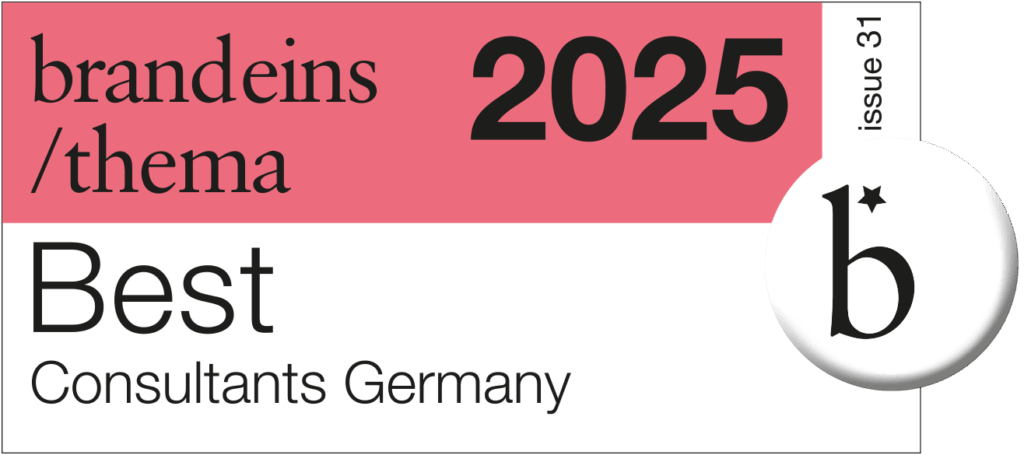Global Sourcing
The right choice of procurement markets, procurement channels and suppliers gives companies a decisive competitive advantage. However, global markets represent a major challenge for companies today. Differences in political and legal matters, language barriers and different time zones make it difficult to tap into global procurement markets. Activities that are to be carried out in cooperation between Europe and Asia are particularly critical.


Mastering market and supplier selection in global sourcing
Other challenges include the selection of potential markets and suppliers from the large number available, which is both time-consuming and cost-intensive. Companies must also be aware that they need to convey quality and reliability to potential customers in order to gain a foothold in international sales markets. Ongoing globalization and supply chain management also pose further challenges.
Implementing a successful global sourcing strategy in your company will help you to reduce costs in the long term, minimize price risks and ensure a more than adequate supply.
Global sourcing describes a procurement strategy with a worldwide orientation. On the one hand, this includes the procurement of products or services and, on the other, a supply geared towards global sources. Today, procurement of this kind is an essential component of a company's strategic and globally operating procurement policy. In addition to the availability of modern technologies or suitable product ranges, global procurement gives companies access to low-cost sources of supply. In times of international competition and economic and financial crises, even small and medium-sized companies can no longer keep their distance.
We support you in international purchasing and help you to successfully implement global sourcing in your company!
Global sourcing: German quality - Made in China!
The list of good reasons to source globally is as long as the Great Wall of China: low prices, malleable suppliers and local buyers. Buyers who are faced with the daily challenge of procuring the best goods at the best prices are therefore increasingly turning to the Middle Kingdom. However, the quality standards of the West often stand in the way of some business. Should German buyers still dare to look to the People's Republic? Yes!
Global purchasing - reducing risks
Take advantage of our expertise in structure and process optimization, global supplier selection and supply chain management to open up your procurement markets sustainably.

Other countries, other customs
Experience has shown that this is worthwhile if the most common risks are countered through constant quality control and supplier development: Inadequate product implementations, late deliveries and other annoyances can be circumvented through a deeper understanding of culture.
Chinese society is characterized by strong hierarchies and a belief in personal relationships, which is also reflected in corporate cultures. It is difficult to implement total quality management here if managers are afraid of "losing face" through controlling. If you want to build a business relationship, you have to plan for one thing above all: trust and the time to gain it.
Trust determines business relationship
This is because the principle of "guanxi", the personal network of trust, applies in China. This only exists from person to person and cannot be transferred to entire companies. It therefore requires very specific supplier relationship management (SRM). This relationship is also particularly valuable because, as a trusted person, you can be introduced to other contacts with whom it is easier to establish a business relationship. Contracts, quality and supply agreements are regarded more as guidelines in China anyway and are not necessarily binding. It is much more important to use mutual favors. If you ask for something, you have to return a favor of equal value. Anything else would be a serious insult, which can also shatter a business relationship. Maintaining your guanxi network for sourcing is therefore a task that should not be underestimated.
Control, control, control!
This also makes it easier to implement measures against poor quality: Nothing should happen here without supplier management. Another approach is dual sourcing: if you do not rely solely on a supplier from the People's Republic, you can compensate for failures and bottlenecks. When searching for suppliers, an evaluative audit should take place before selection. And above all: once you have found the supplier of your choice, you need constant and strict quality control. In this way, economic developments such as rising prices and low purchase quantities can be effectively counteracted without having to compromise on "Made in Germany" quality.

Would you like to know more about Global Sourcing or do you have other questions about KLOEPFEL Consulting?
Global sourcing: the example of China
There are many suppliers for most products in China. But who is good and reliable? The fundamental difference between European and Chinese industry lies in the time window. Most industrial companies in today's Europe are the leftover companies from a continuous selection for many decades. In China, however, most industrial companies have only been on the market for a few years - at a time when the economy is booming. Everything is needed. It is no great art to set up a business. So the wheat has not yet been separated from the chaff. Nevertheless, there are many high-quality businesses that are second to none, even in Europe. The following ten points should be borne in mind when sourcing in China:
Strategic supplier search
Research as many potential suppliers as possible in various ways - databases, Internet, trade fairs, trade journals, personal recommendations, etc. This results in a broad selection.
Gathering information about potential suppliers
Collect information about these companies (publications, Internet, websites, recommendations, trade fairs, trade journals, etc.). Tip: Use the China Tracker from Brown & Miller
First quality check: preselection
Weed out obviously bad companies.
Supplier contact and offer comparison
Correspondence with the remaining companies, inquiries and request for quotations with supplier evaluation form.
Evaluation of response quality and further exclusion
Based on the information they provide and the way they respond to the inquiry, some of the remaining companies must be sorted out. It should be noted that the cheapest are rarely the best.
Qualification interviews with company management
Hold telephone conversations with managers of the remaining companies. Provide a precise description of the quality requirements, deadlines and controls.
Testing with product samples
Ordering product samples. Only if these are suitable does the company make it to the final selection of companies to visit.
On-site audit of the best candidates
Visit the few remaining companies (only the 2-3 best). A visit before the first deliveries are made is very important, only on site can you see the true character of a company. During the visit, final details and a first larger trial delivery are discussed. If problems arise with one company, you can switch to the second company.
Final acceptance before dispatch and contractual assurance
Once the first trial delivery has been successfully completed, a final inspection should be carried out. Depending on sensitivity, this may be carried out by random sampling or for all products before packaging and loading into the container. Local quality assurance companies monitor that only inspected and approved goods are loaded into the container. The staff only leave the yard after the truck with the sealed container has departed. If possible, they order the forwarder so that the supplier cannot gain access to goods that have already been loaded. Only then is the acceptance report signed, which, together with the shipping documents, leads to the release of the purchase money. This is stipulated beforehand in the contract or letter of credit. The supplier does not like this, but it is very important.
Quality assurance through continuous monitoring
The last point must be repeated regularly or with every delivery. This is the only way to ensure that consistent quality is procured from China.






